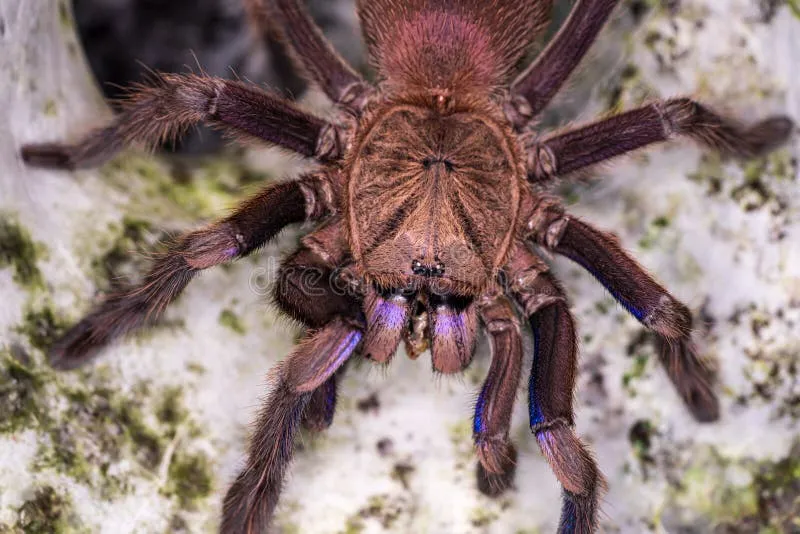What is a Tarantula Nest
Tarantulas, despite their fearsome reputation, are meticulous architects when it comes to their homes. These arachnids don’t build elaborate webs to trap prey like some of their smaller cousins, instead, they construct nests, or burrows, that serve as both shelter and hunting grounds. Understanding the construction and characteristics of a tarantula nest offers valuable insight into the spider’s lifestyle and behavior. The appearance of a tarantula nest can vary significantly depending on the species of tarantula, the surrounding environment, and the spider’s individual preferences. However, some common features help you identify a tarantula’s dwelling in its natural habitat. These nests are not merely haphazard holes; they are carefully crafted structures designed to provide protection from predators, regulate temperature and humidity, and offer a strategic location for ambush hunting.
Location and Environment
The location of a tarantula nest is a critical factor in its design and appearance. Tarantulas are highly adaptable creatures, and their nests can be found in various environments, from deserts and grasslands to forests and mountainous regions. The ideal location for a tarantula nest typically offers a combination of factors, including suitable soil conditions for burrowing, protection from the elements, and access to prey. Soil type plays a significant role, with tarantulas often preferring areas with well-drained soil that is easy to excavate. The presence of rocks, roots, or other natural features can also influence nest placement, providing structural support and camouflage. The surrounding environment, including vegetation, proximity to water sources, and the presence of other animals, also impacts the nest’s characteristics.
Burrows in the ground
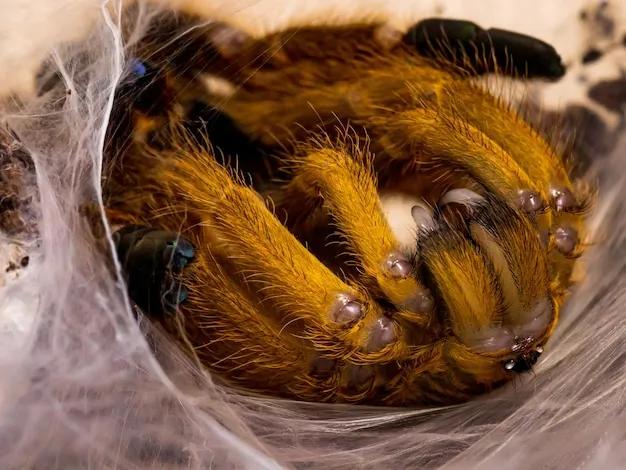
Many tarantulas create burrows in the ground. These burrows can range from simple, shallow holes to complex, elaborate tunnels with multiple chambers and entrances. The depth and complexity of the burrow often depend on the species of tarantula, the soil conditions, and the age of the spider. Younger tarantulas may construct simpler burrows, while adult tarantulas typically build more extensive and intricate homes. The entrance to the burrow is usually just large enough to accommodate the tarantula’s body, providing a snug fit that helps the spider to conserve energy and remain hidden from predators. The shape of the entrance can vary, but it is often circular or oval. The burrow itself can slope downwards or follow a more horizontal path. The walls are often reinforced with silk, creating a stable and secure dwelling.
Webbing and Silk
Tarantulas use silk to line their nests and create various structural components. The use of silk is a fundamental aspect of nest construction, offering both reinforcement and functional benefits. The silk secreted by the tarantula is strong and flexible, and it helps to stabilize the burrow walls, preventing them from collapsing. The spider also uses silk to create a silken mat at the entrance of the burrow, which serves as a tripwire to alert the tarantula to the presence of potential prey or predators. Additionally, the spider uses silk to construct silk-lined chambers within the burrow, which provide a safe space for molting, egg-laying, and resting. The amount and distribution of silk vary depending on the species and the environmental conditions. In arid environments, the tarantula may use more silk to maintain humidity levels, while in areas with ample rainfall, the silk may be less prominent.
Types of Tarantula Nests
The appearance and complexity of a tarantula nest vary considerably depending on the species and habitat. Some tarantulas construct simple, basic burrows, while others create elaborate structures with multiple chambers and entrances. The type of nest provides clues about the tarantula’s behavior, habitat preferences, and adaptations to its environment. Understanding these variations is key to appreciating the diversity of tarantula lifestyles and their ability to thrive in diverse ecosystems. The type of nest also impacts how easily the presence of a tarantula can be detected. For example, nests with multiple entrances are generally more challenging to locate than those with a single, obvious opening.
Simple Burrows
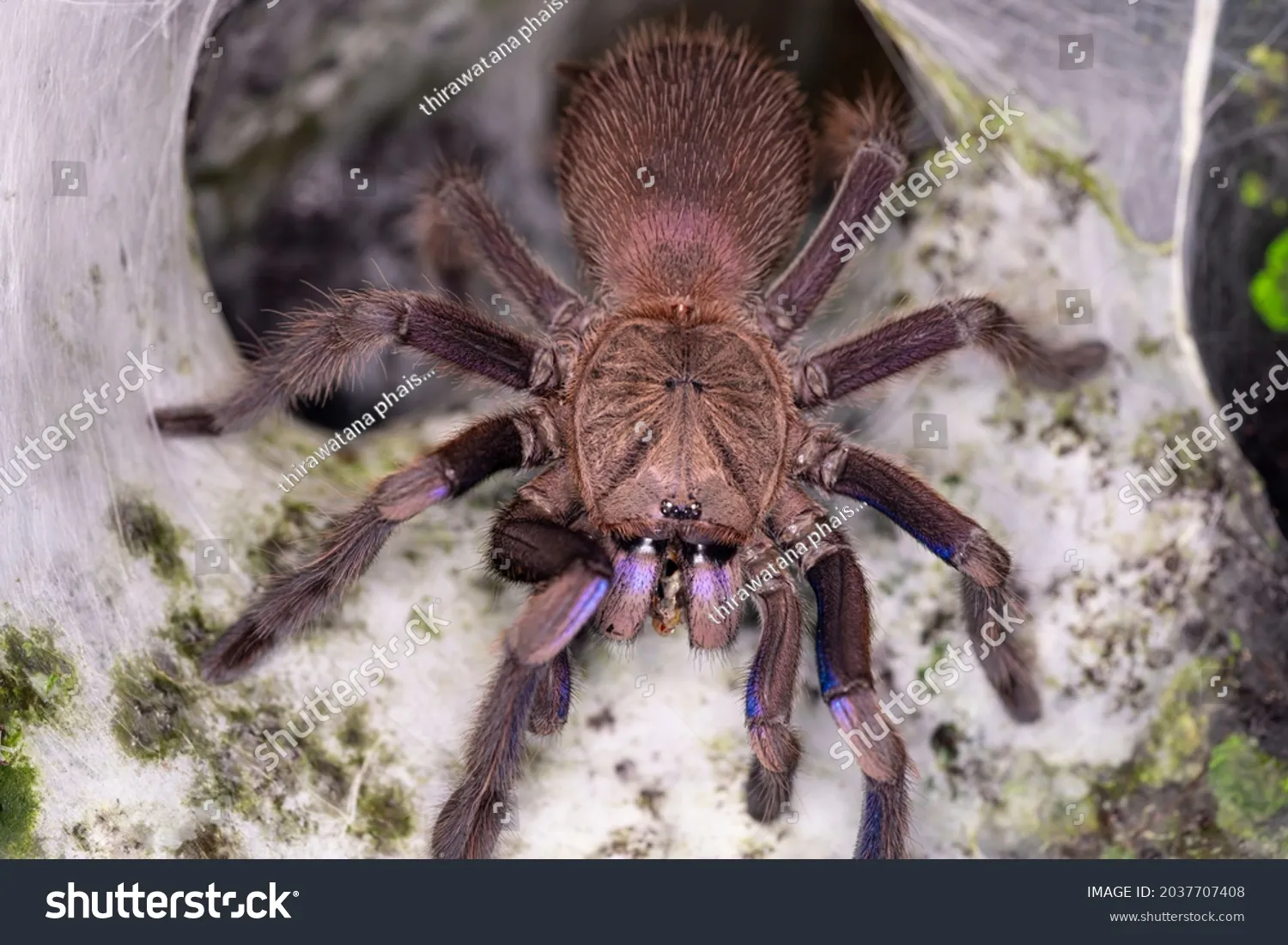
Some tarantulas, especially juvenile spiders or those in less challenging environments, construct relatively simple burrows. These burrows typically consist of a single tunnel that descends into the ground, with a single entrance and a basic chamber for the spider to rest and hunt. The burrows are often shallow, and the walls may or may not be reinforced with silk. Simple burrows are often found in areas with loose soil or abundant cover, where the tarantula does not need to invest a lot of effort in constructing a secure dwelling. These simpler nests are also less resource-intensive for the tarantula to maintain, which is important in environments with limited food resources.
More Complex Nests
Other tarantula species create more complex nests, often with multiple chambers, entrances, and elaborate silk-lined tunnels. These complex nests may include features such as ventilation shafts, escape routes, and specialized areas for egg-laying or molting. The construction of these more elaborate nests requires more time and energy but provides the spider with several benefits. More complex nests can offer better protection from predators and the elements, improve temperature and humidity regulation, and provide a more secure environment for raising young. The complexity of the nest often reflects the tarantula’s lifestyle and its need to adapt to the specific challenges of its environment. Complex nests are typically found in areas where the tarantula faces a greater risk of predation or where environmental conditions are more harsh.
Identifying Nest Features
Identifying the key features of a tarantula nest can help you understand the spider’s lifestyle and detect its presence in the wild. The appearance of the nest can vary, but certain characteristics provide valuable clues. By observing these features, you can gain a better appreciation of the tarantula’s behavior and its relationship with its environment. The entrance, size, shape, and presence of silk are all important clues. The surrounding vegetation, soil type, and the presence of any debris can provide additional hints. The more you know about the features of a tarantula nest, the more successfully you can locate and identify these fascinating creatures in their natural habitat.
Entrance Characteristics
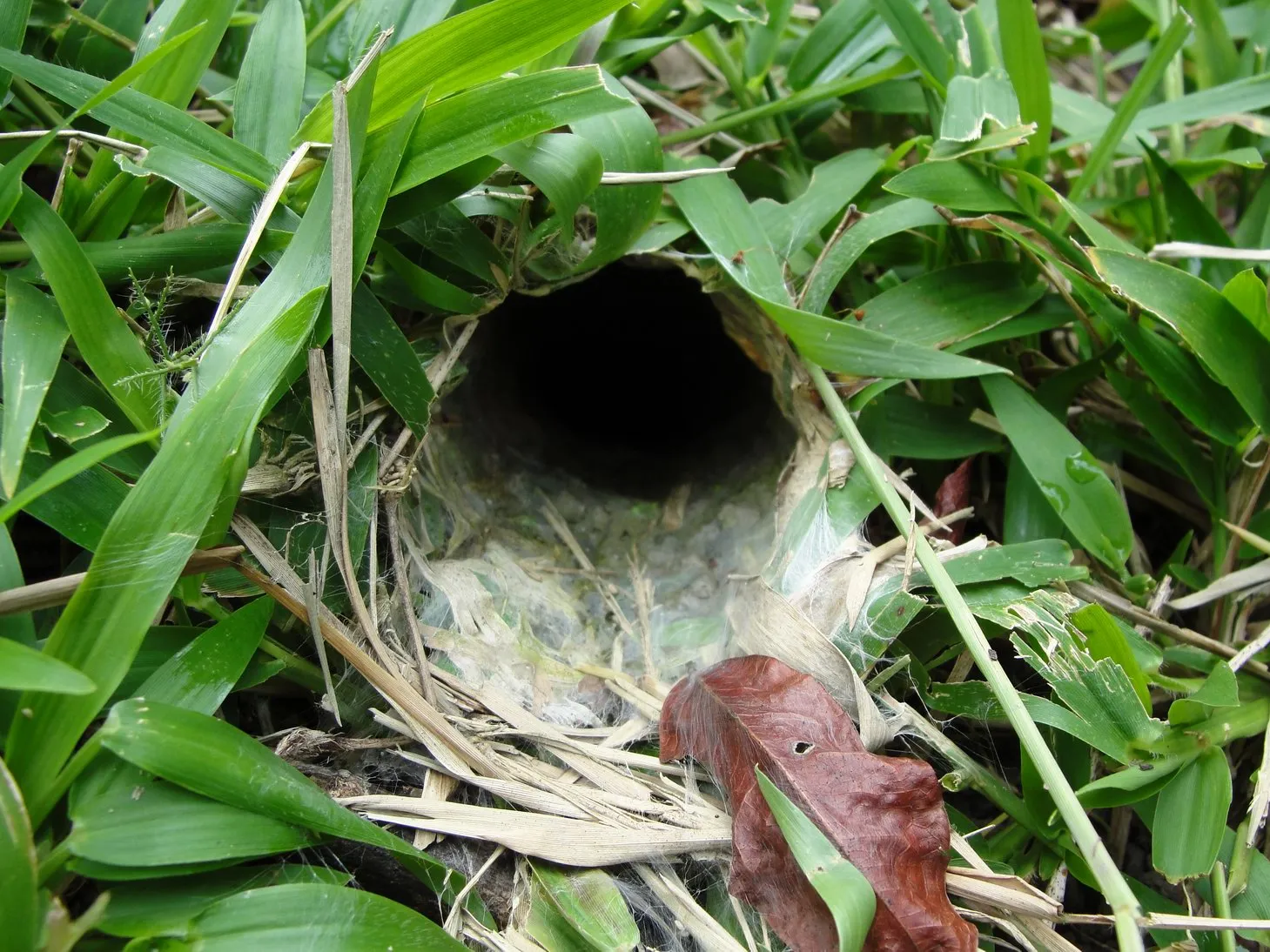
The entrance to a tarantula nest is one of the most visible features, and its characteristics can reveal much about the spider’s identity and behavior. The entrance shape can vary from circular to oval, and its size is usually just large enough to accommodate the tarantula’s body. The presence of silk around the entrance is a common feature. The spider uses silk to reinforce the edges of the opening and create a tripwire that alerts it to any disturbance. In some cases, the entrance may be camouflaged with debris, such as leaves, twigs, or pebbles, to make it less conspicuous. The texture of the soil around the entrance can also be indicative of the tarantula’s presence. If the soil appears smooth and well-packed, it may suggest that a tarantula is actively maintaining its nest.
Size and Shape
The size and shape of a tarantula nest provide important clues about the species of tarantula, the age of the spider, and the environmental conditions. The size of the nest’s entrance can vary from a few centimeters to several inches in diameter. The shape can range from a simple, circular opening to a more complex, irregular form. The overall shape of the burrow itself can be straight, curved, or even branched, depending on the species and the substrate. The depth of the burrow is also a key indicator, with larger and older tarantulas typically constructing deeper nests. The shape of the nest may also be influenced by the surrounding environment, such as the presence of rocks, roots, or other obstacles. By carefully observing the size and shape of the nest, you can gain valuable insight into the tarantula’s lifestyle and its adaptation to its environment.
Detecting Tarantula Presence
Detecting the presence of tarantulas in the wild requires a combination of observation skills and knowledge of their behavior. The appearance of their nests and the presence of other signs offer clues to their location. While it may not always be easy to spot a tarantula directly, recognizing the characteristics of their nests and other evidence can significantly increase your chances of finding these fascinating creatures. It is important to remember to observe the tarantula and its habitat with respect, ensuring that you do not disturb the spiders or their environment.
Visual Signs
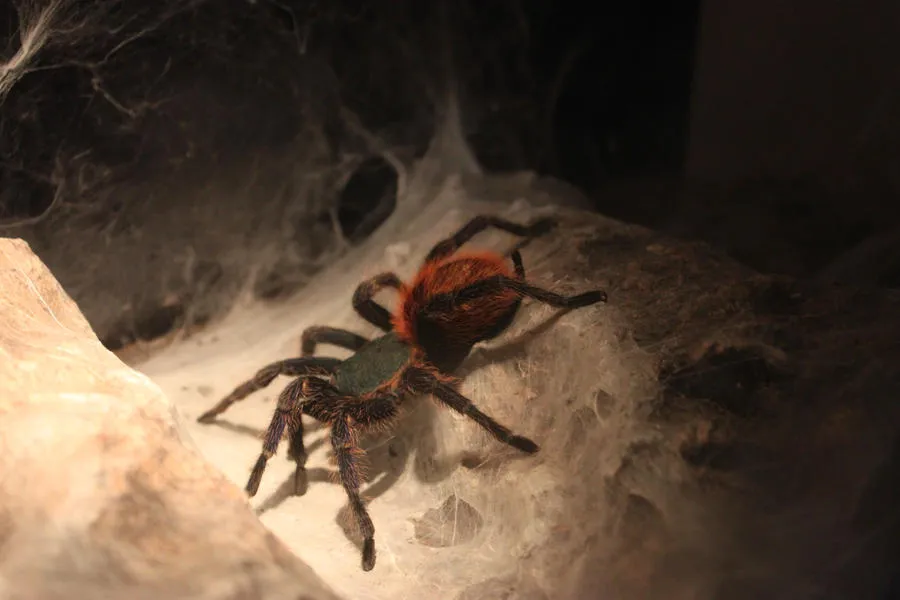
Several visual signs can indicate the presence of a tarantula nest. The most obvious sign is the presence of a burrow itself, which can range from a simple hole in the ground to a more elaborate structure with silk reinforcement. The entrance of the burrow is often surrounded by a silken mat or webbing, which can be a telltale sign. You may also notice the presence of shed exoskeletons near the nest, indicating that the tarantula has molted. The appearance of discarded prey items or droppings near the entrance of the burrow can also provide evidence of a tarantula’s presence. Moreover, the tarantula often creates a smooth, clear path leading to and from the nest entrance. These visual cues will help you identify the tarantula’s home.
Indirect Evidence
In addition to visual signs, you can use other indirect evidence to detect the presence of tarantulas. Look for small piles of soil or debris near the nest entrance, which the tarantula may have excavated during construction. Search for footprints or other tracks around the nest, particularly in areas with soft soil. Consider the surrounding vegetation and habitat, as certain types of environments are more likely to harbor tarantulas. Note any insect activity or other potential prey items in the area, as this may indicate the presence of a tarantula nearby. By combining direct and indirect evidence, you can increase your chances of confirming the presence of a tarantula nest and observing these amazing creatures in their natural habitat.
Avoiding Disturbing Tarantula Nests
It is important to observe tarantulas and their nests with respect and caution. Disturbing their nests can cause stress to the spiders, disrupt their behavior, and potentially lead to defensive reactions. Always maintain a safe distance when observing tarantula nests and avoid making any sudden movements or loud noises that might frighten the spiders. Be mindful of the environment and avoid trampling vegetation or otherwise altering the habitat surrounding the nest. By practicing responsible observation techniques, you can enjoy the fascinating world of tarantulas while minimizing any negative impact on their well-being.
When observing a tarantula nest, it is crucial to avoid actions that might disturb the spider or damage its habitat. Refrain from touching or poking the nest, as this can provoke a defensive response from the tarantula. Avoid introducing any foreign objects or substances into the nest, as this could harm the spider or disrupt its environment. Be careful to avoid any sudden movements or loud noises near the nest, as tarantulas can be sensitive to disturbance. Observe the tarantula and its nest from a distance. Your curiosity will be rewarded if you’re patient and respectful.
